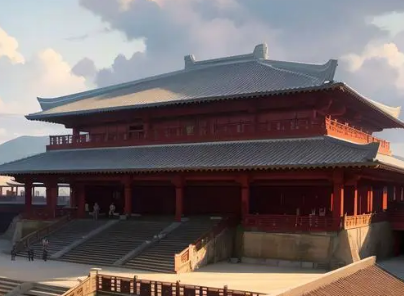During the Spring and Autumn and the Warring States periods in Chinese history, although they were closely connected, there were significant differences in politics, military, culture, and other aspects. One of the most obvious was the change in the power structure: the Spring and Autumn period respected the Zhou emperor, while the Warring States period saw the competition for power among the various kings.

2. Spring and Autumn Period: Respect for the Zhou Emperor
During the Spring and Autumn period, although the vassal states had relatively independent political power locally, they still acknowledged the supremacy of the Zhou emperor. During this period, conflicts among the vassal states were mainly resolved through diplomatic means such as alliances and marriages. This respect for the authority of the Zhou emperor reflected the relatively stable political situation of the Spring and Autumn period.
3. Warring States Period: Competition for Power Among Kings
As the power of the vassal states increased during the Warring States period, their respect for the Zhou royal family gradually weakened, and there were even acts of openly challenging the Zhou royal family. During this period, the vassal states began actively expanding their territory and competing for dominance through war. This competition for power among the kings reflected the turmoil and changes of the Warring States period.
4. Differences between the Spring and Autumn and the Warring States Periods
The differences between the Spring and Autumn and the Warring States periods are not only reflected in the power structure but also in the changes in social systems, cultural development, and other aspects. During the Spring and Autumn period, the feudal system still dominated, while during the Warring States period, the county system began to emerge and gradually spread. In terms of culture, Confucianism began to rise during the Spring and Autumn period, while during the Warring States period, there was a situation of various schools contending for influence.
5. Conclusion
Although the Spring and Autumn and the Warring States periods are two consecutive periods in Chinese history, they differ significantly in many aspects. These differences not only reflect the natural evolution of social history but also provide important references for us to understand history.
Disclaimer: The above content is sourced from the internet and the copyright belongs to the original author. If there is any infringement of your original copyright, please inform us and we will delete the relevant content as soon as possible.
































